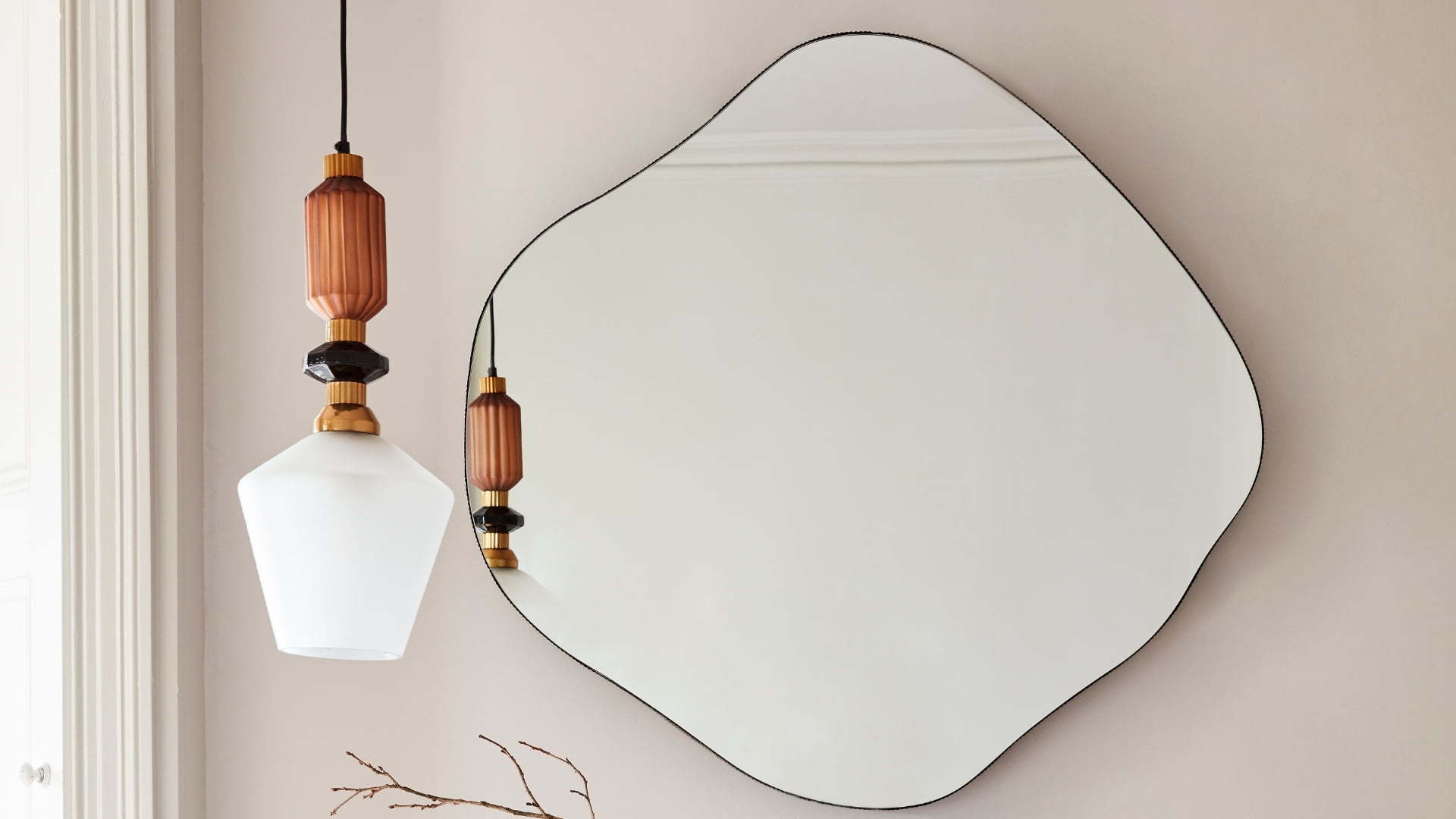

Articles
How To Use Mirrors To Reflect Light
Modified: May 6, 2024
Learn how to use mirrors strategically to reflect light and create a brighter space in your home. Explore our helpful articles for tips and inspiration.
(Many of the links in this article redirect to a specific reviewed product. Your purchase of these products through affiliate links helps to generate commission for Storables.com, at no extra cost. Learn more)
Introduction
Mirrors have long been used as functional and decorative items in our homes. They serve as a useful tool for checking our appearance, but their benefits extend far beyond that. One of the most interesting and practical ways to utilize mirrors is by using them to reflect light.
Light is an essential element in any living space. It not only helps create a welcoming and comfortable ambiance but also has the power to transform the look and feel of a room. By strategically placing mirrors to reflect natural and artificial light, you can maximize the brightness in your home while adding an element of visual interest.
In this article, we will explore the various ways you can use mirrors to reflect light and enhance the overall illumination in your living space. Whether you want to make a small room appear larger, take advantage of natural sunlight, or simply brighten up a dimly lit area, this guide will provide you with the knowledge to do so effectively.
Before we delve into the specific techniques, let’s first understand the basics of how mirrors reflect light and why they are such effective tools in optimizing illumination.
Key Takeaways:
- Harness the power of mirrors to maximize natural and artificial light, creating a bright and inviting ambiance in your living space. Reflect sunlight, enhance room brightness, and visually expand rooms with strategic mirror placement.
- Elevate your home decor with decorative mirrors that combine functionality and style. Use mirrors as focal points, statement walls, and functional accents to enhance natural light and add a touch of luxury to your space.
Read more: How Would The Reflection Of Light Off A Mirror Change If You Used Sandpaper To Scratch It?
Understanding the Basics of Reflecting Light
To effectively use mirrors for reflecting light, it helps to have a basic understanding of how light interacts with surfaces. When light hits a smooth and reflective surface, such as a mirror, it undergoes a process called reflection.
Reflection occurs when light rays bounce off a surface and change direction. Mirrors, with their smooth and polished surfaces, are designed to reflect light in a predictable way. The angle at which light is reflected off a mirror is equal to the angle at which it hits the mirror. This concept, known as the law of reflection, allows us to manipulate and redirect light with precision.
The reflective property of mirrors is due to their composition. Most mirrors are made by coating a layer of reflective material, such as aluminum or silver, onto the back side of a glass panel. This reflective layer acts as a barrier, preventing light from passing through and instead reflecting it back into the room.
It’s important to note that mirrors only reflect light; they do not produce or amplify it. This means that the amount of light reflected by a mirror depends on the intensity of the light source itself. If you place a mirror in a dimly lit room, it will have limited effect in terms of brightening the space. However, when strategically positioned to capture and reflect available light, mirrors can significantly enhance the overall brightness of a room.
Now that we have a basic understanding of how mirrors reflect light, let’s explore how to select the right mirror for maximum reflection.
Selecting the Right Mirror for Maximum Reflection
When it comes to choosing a mirror for reflecting light, there are a few factors to consider. The size, shape, and finish of the mirror can all affect its reflective capabilities. Here are some tips to help you select the right mirror for maximum reflection:
1. Size: The size of the mirror plays a crucial role in its reflective ability. Larger mirrors have a larger surface area for light to bounce off, resulting in a greater reflection. If your goal is to maximize the brightness of a room, consider opting for a larger mirror that can capture and reflect more light.
2. Shape: While rectangular or square mirrors are the most common options, don’t be afraid to explore different shapes. Round or oval mirrors can add a unique visual element to a space while still effectively reflecting light. The shape of the mirror can also help you achieve specific design objectives, such as softening sharp angles or creating a focal point.
3. Finish: The reflective coating on a mirror is what allows it to reflect light. Opt for mirrors with a high-quality reflective finish, such as those made with silver or aluminum. These materials have excellent reflective properties and will ensure that the mirror reflects light effectively. Avoid mirrors with faded or damaged reflective coatings, as they may not provide optimal reflection.
4. Frame: While the frame of a mirror primarily serves a decorative purpose, it can also impact its reflective capabilities. Choose frames that are minimal and non-reflective to avoid distractions and maintain the focus on the mirror’s reflective surface. Frames made of materials like wood or metal can help enhance the overall aesthetic while complementing the mirror’s reflective qualities.
5. Placement: Lastly, consider the placement of the mirror in your space. Position it in an area that receives ample natural or artificial light to maximize its reflective potential. Placing a mirror opposite a window or near a light source will help capture and reflect light, brightening up the room.
By considering these factors when selecting a mirror, you can ensure that you choose one that will effectively reflect light and enhance the brightness of your space. Now that you have the right mirror, let’s explore how to strategically position it for optimal light reflection.
Positioning the Mirror Strategically
Once you have selected the right mirror, the next step is to position it strategically to maximize light reflection. Here are some techniques to help you get the most out of your mirror:
1. Opposite Light Sources: One of the most effective ways to position a mirror is to place it directly across from a window, lamp, or any other light source. This allows the mirror to capture the incoming light and bounce it back into the room, instantly brightening the space. Ensure that you angle the mirror in such a way that it reflects the light source without creating glare.
2. In Dark Corners: Dark corners or areas with limited natural light can benefit from the strategic placement of a mirror. By reflecting light into these areas, mirrors can create the illusion of a more open and well-lit space. Consider placing a mirror on a wall adjacent to a dark corner or positioning it at an angle that reflects light back into the room.
3. Creating Depth: Mirrors can also be used to create the illusion of depth in a room. By positioning a mirror at the end of a long hallway or at the back of a small space, you can give the impression that the room extends farther than it actually does. This not only adds visual interest but also helps distribute light evenly throughout the space.
4. Multiple Mirrors: Don’t restrict yourself to just one mirror. Using multiple mirrors in a room can amplify the reflection of light, creating a brighter and more dynamic environment. Consider placing mirrors on opposite walls or using a collection of mirrors in different sizes and shapes to enhance the overall effect.
5. Consider Room Function: When positioning mirrors, consider the function of the room and the areas you want to highlight. For example, in a dining room, placing a mirror above a sideboard can reflect the light from a chandelier and create an elegant and well-lit atmosphere. In a bedroom, positioning a mirror near a vanity can provide ample light for getting ready.
By strategically positioning mirrors in your space, you can effectively harness and redistribute light to brighten up dark areas, create depth, and enhance the overall illumination of your home. Now that we’ve explored how to utilize natural light using mirrors, let’s discuss how to create the illusion of a larger space.
Utilizing Natural Light with Mirrors
Natural light is a valuable asset in any living space. It not only brightens a room but also creates a sense of openness and tranquility. Mirrors can be used effectively to harness and maximize the natural light in your home. Here’s how:
1. Place Mirrors Near Windows: One of the most straightforward ways to utilize natural light with mirrors is to position them near windows. By placing a mirror adjacent to a window, you can reflect the incoming sunlight deeper into the room, increasing the overall brightness. Make sure to angle the mirror in a way that captures and redirects the light effectively.
2. Accentuate Skylights: If your home has skylights, take full advantage of them by positioning mirrors below or around them. Mirrors placed strategically near skylights can help bounce the natural light around the room, making it feel more spacious and inviting. This technique is particularly effective in rooms with limited windows or those situated in darker areas of the house.
3. Mirror Walls: A bold and impactful way to enhance the natural light in your space is to create a mirrored wall. Installing mirrors on an entire wall, especially one opposite a large window, can effectively amplify the natural light in the room. This technique is particularly useful in small rooms or areas with limited access to sunlight.
4. Consider Mirror Placement: When placing mirrors to utilize natural light, consider the angle and orientation of the sunlight throughout the day. Position the mirror to capture the most sunlight and reflect it where it’s needed the most. You may need to experiment with different positions to find the optimal placement for maximum light reflection.
5. Outdoor Reflection: Mirrors strategically placed in outdoor areas, such as gardens or patios, can reflect natural light back into the house. Look for areas outside your home where sunlight is abundant, and position a mirror to capture and redirect that light indoors. This technique can brighten dark corners and interior spaces that don’t receive direct sunlight.
By utilizing natural light with mirrors, you can transform your living space into a bright and inviting environment. Mirrors have the remarkable ability to amplify and redistribute sunlight, creating a welcoming ambiance that enhances the overall aesthetic of your home.
Position mirrors strategically to reflect natural light into darker areas of your home. Place them opposite windows or light sources to maximize the effect.
Creating the Illusion of a Larger Space with Mirrors
Mirrors have the magical ability to create the illusion of a larger space. By strategically placing mirrors in your home, you can visually expand rooms and make them feel more open and spacious. Here’s how to achieve that illusion:
1. Full-Length Mirrors: Install full-length mirrors vertically on walls to elongate the space. This technique works particularly well in narrow hallways or small rooms. The vertical orientation of the mirror helps draw the eye upward, making the ceiling appear higher and the room feel more expansive.
2. Mirrored Furniture: Incorporate mirrored furniture, such as cabinets or side tables, into your space. The reflective surfaces of these furniture pieces can give the impression that the room extends beyond its physical boundaries. Mirrored furniture can also add a touch of elegance and sophistication to your decor.
3. Mirror as a Statement Piece: Use a large, decorative mirror as a focal point in a room. Placing a prominent mirror on a wall can create a bold visual impact and draw attention away from the actual dimensions of the space. Opt for eye-catching frames or unique shapes to enhance the decorative aspect of the mirror.
4. Mirrored Backsplash: In kitchens or bathrooms, consider installing a mirrored backsplash. The reflective surface not only adds a contemporary and stylish touch to the space but also creates the illusion of a longer and wider area. The mirrored backsplash will bounce light around the room, making it feel more open and airy.
5. Mirrored Wardrobe Doors: In bedrooms with limited space, replace traditional wardrobe doors with mirrored ones. This not only provides a functional aspect by allowing you to check your appearance, but it also gives the illusion of a larger and more open room. The reflection from the mirrored doors can make the space feel brighter and more spacious.
6. Mirrored Ceilings: For a truly dramatic effect, consider installing a mirrored ceiling in a room with high ceilings. This technique creates a sense of infinity, making the room feel boundless and expansive. It also reflects light from the room, generating a luminous and airy atmosphere.
By cleverly using mirrors to create the illusion of a larger space, you can transform even the smallest rooms into open and inviting areas. Consider the size and placement of mirrors to enhance the visual impact and choose designs that complement your overall decor. Now, let’s explore how multiple mirrors can be used to enhance room brightness.
Enhancing Room Brightness with Multiple Mirrors
If you’re looking to maximize the brightness in a room, using multiple mirrors can have a significant impact. By strategically placing multiple mirrors in various locations, you can amplify and reflect light, creating a brighter and more radiant space. Here’s how to enhance room brightness with multiple mirrors:
1. Mirror Collage: Create a stunning mirror collage on a wall using different-sized mirrors. This arrangement not only adds visual interest but also multiplies the reflection of light throughout the room. Arrange mirrors in a random or geometric pattern to create an artistic display that brightens and enlivens the space.
2. Mirror Panels: Install mirrored panels on a wall or use floor-to-ceiling mirror panels in narrow spaces to increase the brightness. The uniform and continuous reflection of light from these panels can create an illuminating effect, making the room appear larger and more spacious.
3. Mirrored Furniture Grouping: Place a group of mirrored furniture pieces together, such as dressers, side tables, or cabinets. The reflective surfaces of the furniture will bounce light around the room, brightening the space. This technique works particularly well in rooms with limited natural light.
4. Mirrored Accents: Incorporate small mirrored accents, such as trays, picture frames, or decorative objects, throughout the room. These accents will catch and reflect light from various angles, adding sparkle and brightness to the overall ambiance.
5. Mirrored Back Wall: If you have a bookshelf, display cabinet, or any other shelving unit, consider adding a mirrored back wall to it. The mirror will reflect light from the room back into the shelves, illuminating the items on display and making the entire unit appear brighter.
6. Mirror Reflections: Experiment with the placement of mirrors to capture and reflect light from different sources. Position mirrors to reflect light from lamps, chandeliers, or windows, ensuring that each mirror is strategically placed to maximize the brightness in the room.
By incorporating multiple mirrors into your space, you can amplify the reflection of light, resulting in a brighter and more vibrant room. Remember to experiment with different arrangements and placements to achieve the desired effect. Now, let’s explore how mirrors can be used to redirect natural light effectively.
Using Mirrors to Redirect Natural Light
Mirrors can be powerful tools in redirecting natural light and illuminating areas that might not receive direct sunlight. By strategically placing mirrors, you can capture and redirect sunlight deeper into your home, creating a brighter and more inviting space. Here’s how to use mirrors to redirect natural light effectively:
1. Reflecting Sunlight: Position mirrors near windows to reflect sunlight into darker areas of the room. Placing a mirror at an angle that captures the incoming sunlight and redirects it towards the desired area can instantly brighten up the space. Experiment with different mirror sizes and angles to achieve the best result.
2. Mirror Extensions: Install mirrors on walls adjacent to windows to extend the reach of natural light. By reflecting and redirecting sunlight, these mirror extensions can effectively brighten up areas that are farther away from the window. This technique is particularly useful in rooms that are situated in the interior of a building or have limited exposure to daylight.
3. Mirrored Window Treatments: Consider using mirrored window treatments, such as mirrored blinds or reflective films. These treatments allow light to pass through while reflecting it back into the room, maximizing the amount of natural light. They provide privacy while still maintaining a bright and open atmosphere.
4. Sun Tunnels with Mirrors: Sun tunnels, also known as light tubes or light pipes, can bring natural light into spaces without windows. By incorporating mirrors along the path of the sun tunnel, you can further amplify the amount of natural light that enters the room. The mirrors reflect and redirect sunlight, ensuring that even rooms located deep within a building receive adequate illumination.
5. Outdoor Mirrors: Place mirrors strategically in outdoor areas, such as gardens or patios, to reflect natural sunlight into your home. Determine the positions where the sun shines the brightest and install mirrors at those angles. The reflected sunlight can brighten up dark corners and interior spaces that don’t receive direct sunlight.
6. Mirrored Skylights: Install mirrored skylights to bounce sunlight deeper into your home. The reflective surface of the skylight will capture and redirect sunlight, brightening up the room below. Mirrored skylights are particularly effective in spaces where traditional windows may not be feasible or where additional natural light is desired.
By strategically using mirrors to redirect natural light, you can bring more brightness and warmth into your home. Experiment with different mirror placements and angles to find the arrangement that maximizes the amount of sunlight entering your space. Now, let’s explore how decorative mirrors can enhance both functionality and aesthetics in your home.
Adding Decorative Mirrors for Functionality and Aesthetics
Decorative mirrors are not only functional but also serve as stylish additions to your home decor. By incorporating decorative mirrors, you can elevate the aesthetics of your space while enhancing its functionality. Here’s how to use decorative mirrors effectively:
1. Focal Point: Use a decorative mirror as a captivating focal point in a room. Choose a mirror with an ornate frame, unique shape, or intricate design that complements your overall decor. By placing it on a prominent wall, you can create a stunning visual centerpiece that adds personality and style to your space.
2. Statement Wall: Create a statement wall by arranging a collection of mirrors with varying shapes and sizes. This arrangement not only adds visual interest but also reflects light, making the room appear brighter and more spacious. Play with different patterns and layouts to express your creativity and add an artistic touch to your space.
3. Functional Mirrors: Incorporate decorative mirrors into functional areas of your home. For example, hang a decorative mirror above a vanity in the bathroom or a console table in the entryway. This allows you to combine style with practicality, providing both a functional mirror for everyday use and an eye-catching decorative element.
4. Enhance Natural Light: Position decorative mirrors near windows to enhance the natural light entering the room. The reflective surface of the mirror will amplify the sunlight and distribute it throughout the space, giving it a brighter and more open feel. This technique works particularly well in rooms with limited windows or those located in darker areas of the house.
5. Reflect Scenic Views: If you have a beautiful view outside your window, position a decorative mirror to reflect and showcase that view from another angle in your space. This not only brings the outside beauty indoors but also adds depth and dimension to the room, making it feel larger and more captivating.
6. Mirrored Furniture: Incorporate decorative mirrored furniture pieces, such as side tables, dressers, or cabinets. The reflective surfaces of these furniture items not only add a touch of glamour but also create the illusion of a larger space. Additionally, they can reflect light and brighten up the room, making it more inviting.
By adding decorative mirrors strategically, you can enhance both the functionality and aesthetics of your home. Whether as a focal point, in a statement arrangement, or as functional accents, decorative mirrors have the ability to transform your space into a visually stunning and practical environment. Now, let’s conclude our exploration of using mirrors to reflect light effectively in your living space.
Read more: What Is Reflective Insulation Used For
Conclusion
Mirrors are not only functional accessories but also powerful tools for enhancing the brightness and aesthetics of your living space. By understanding the basics of reflecting light and selecting the right mirrors, you can effectively harness and redirect both natural and artificial light. The strategic placement of mirrors can create the illusion of a larger space, amplify room brightness, and add a touch of elegance to your home.
Using mirrors to reflect natural light allows you to maximize the brightness in your space. By positioning mirrors near windows, accentuating skylights, or creating mirror panels, you can capture and redirect sunlight, creating a bright and inviting ambiance. Mirrors can also be used to enhance room brightness by creating mirror collages, incorporating mirrored furniture, or utilizing mirrored accents throughout the space.
Additionally, mirrors have the ability to create the illusion of a larger space. By opting for full-length mirrors, mirrored furniture, or mirrored backsplashes, you can visually expand the room and make it feel more open and spacious. Multiple mirrors strategically placed can multiply the reflection of light, further enhancing the brightness and visual appeal of the room.
Decorative mirrors not only serve as functional accessories but also add style and elegance to your decor. By using decorative mirrors as focal points, statement walls, or enhancing natural light, you can enhance the overall aesthetics of your space. Mirrored furniture pieces can complement your existing decor while reflecting light and creating a sense of luxury.
In conclusion, mirrors are powerful tools for reflecting light and transforming the look and feel of your living space. With strategic placement and thoughtful selection, you can optimize the brightness, create the illusion of a larger space, and add a touch of style and elegance to your home. So, embrace the power of mirrors and let them work their magic in illuminating and beautifying your living space.
Excited to spruce up your living space with some stylish flair? Don't miss our curated selection of stunning decorative mirrors, perfect for 2024. These pieces not only serve as functional additions but also as essential elements to amplify your home's decor. Whether you're looking to add a touch of elegance or create a focal point in your room, our guide on the best decorative mirrors will provide you with plenty of inspiration and practical advice to make the most out of every reflection.
Frequently Asked Questions about How To Use Mirrors To Reflect Light
Was this page helpful?
At Storables.com, we guarantee accurate and reliable information. Our content, validated by Expert Board Contributors, is crafted following stringent Editorial Policies. We're committed to providing you with well-researched, expert-backed insights for all your informational needs.
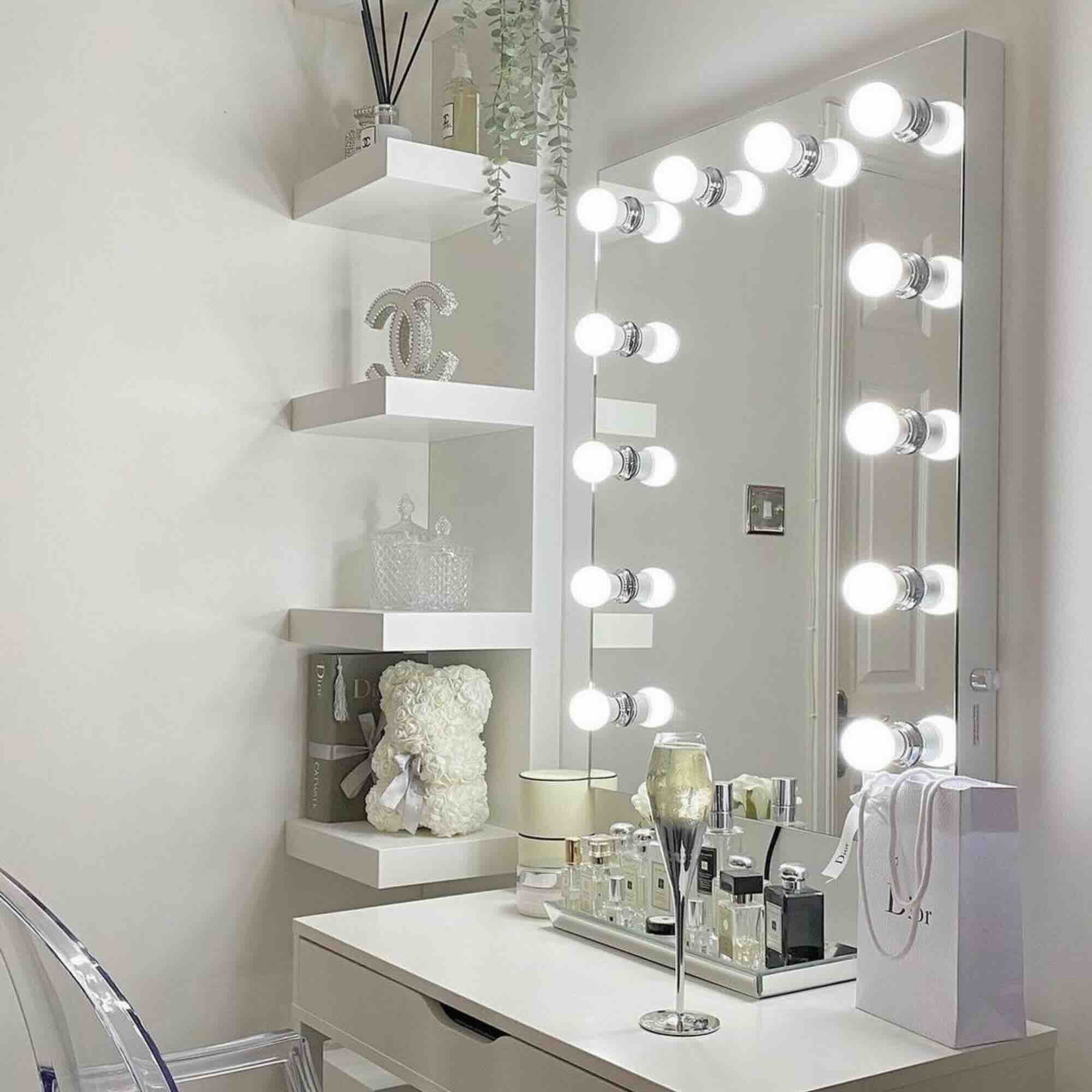
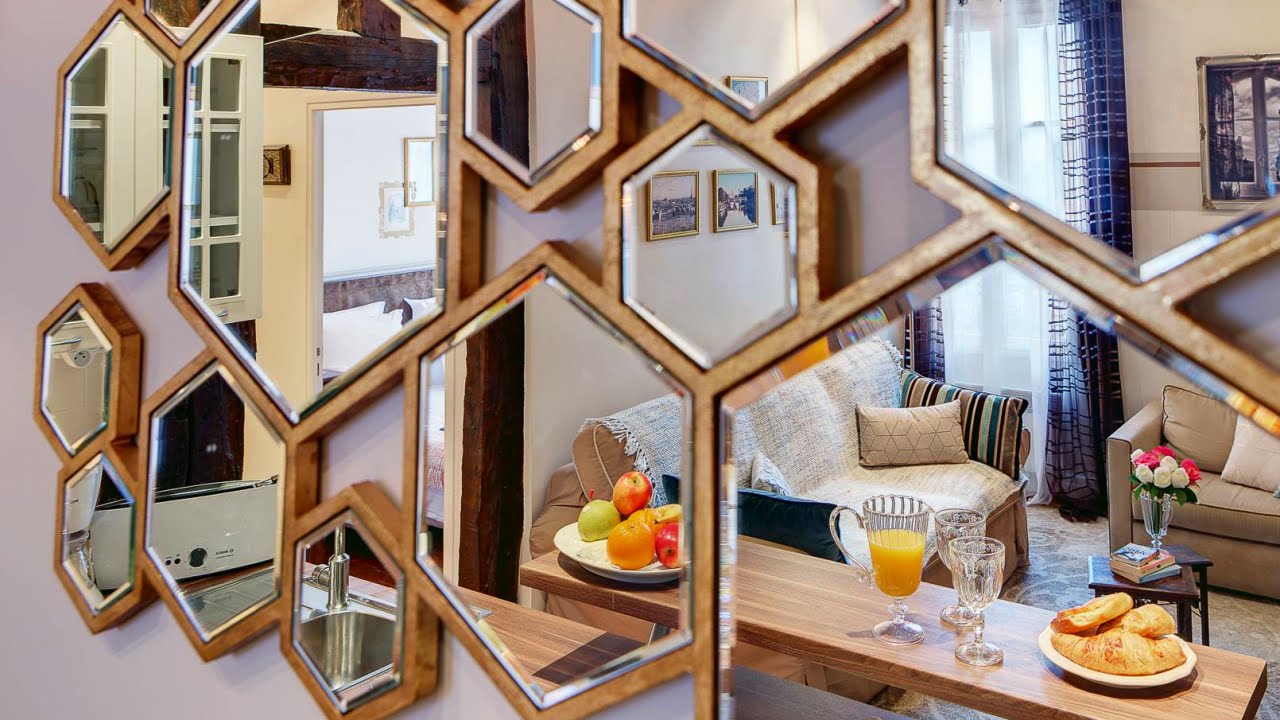
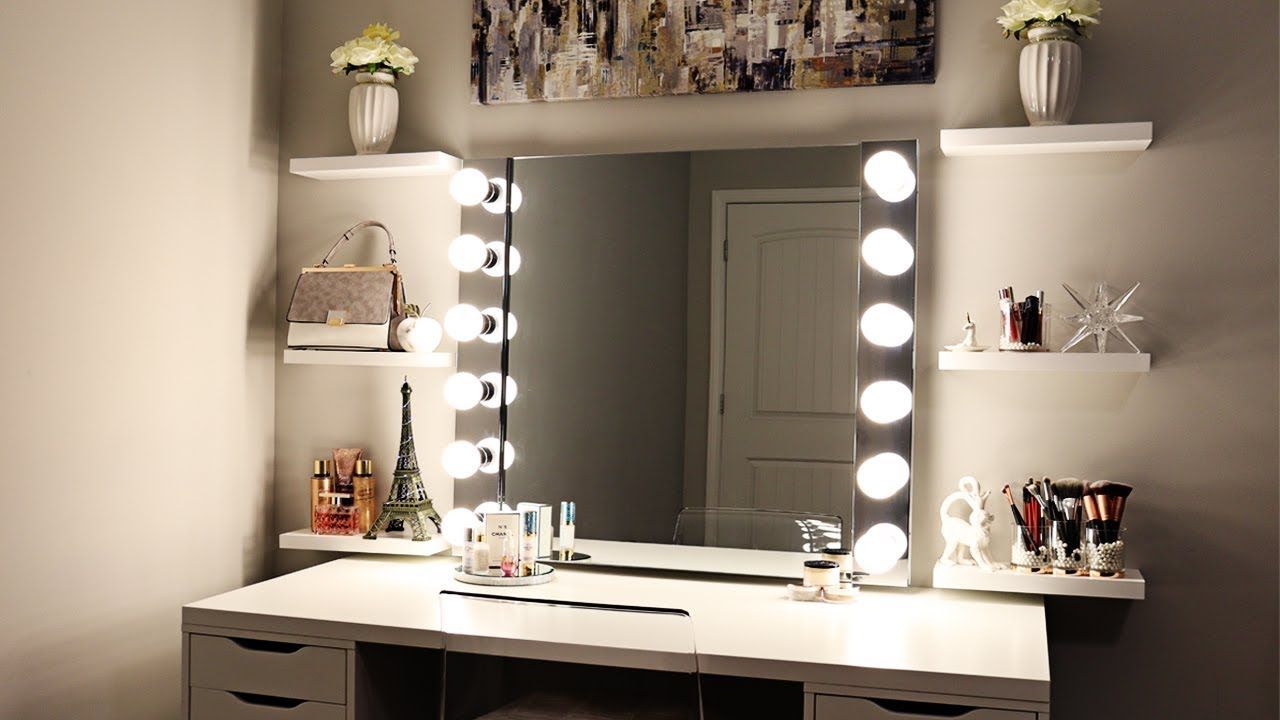
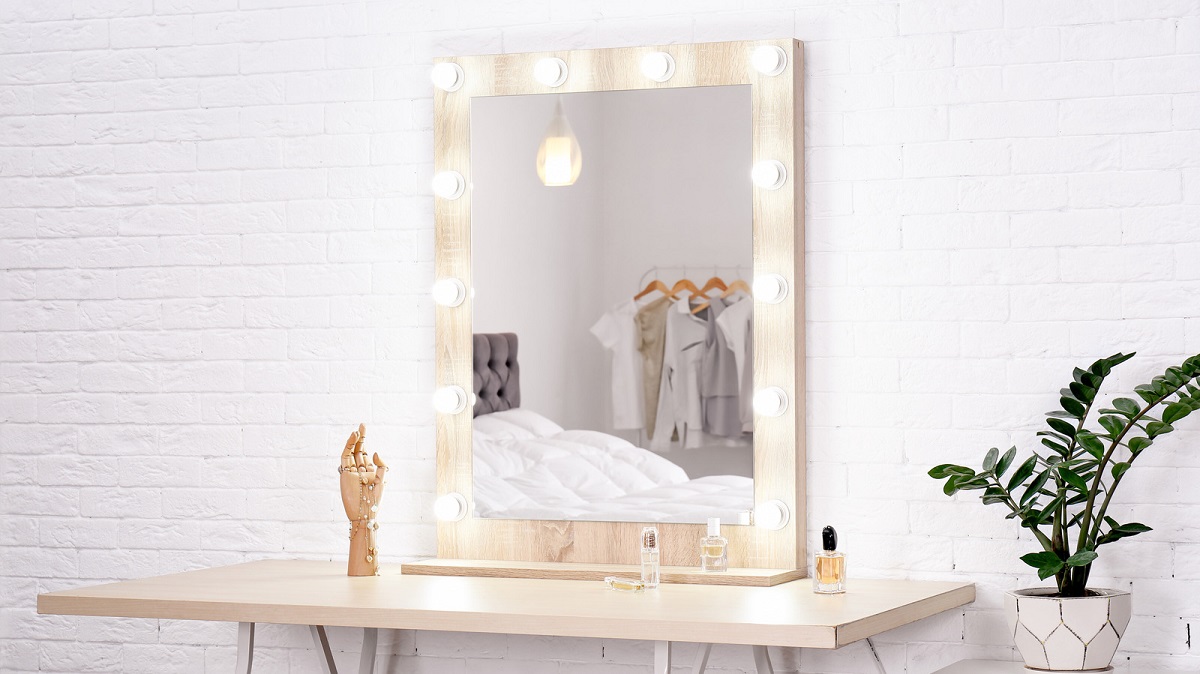
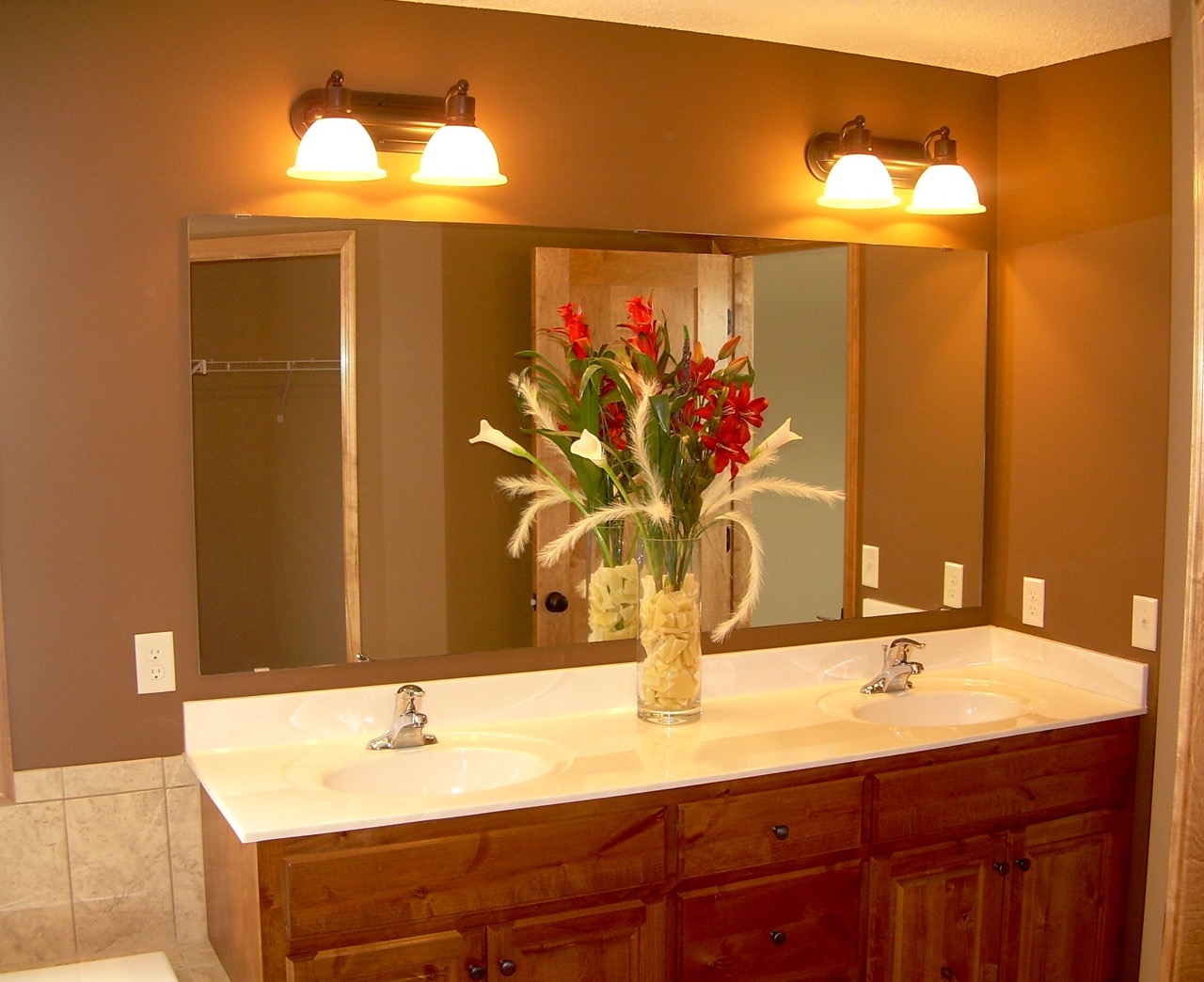
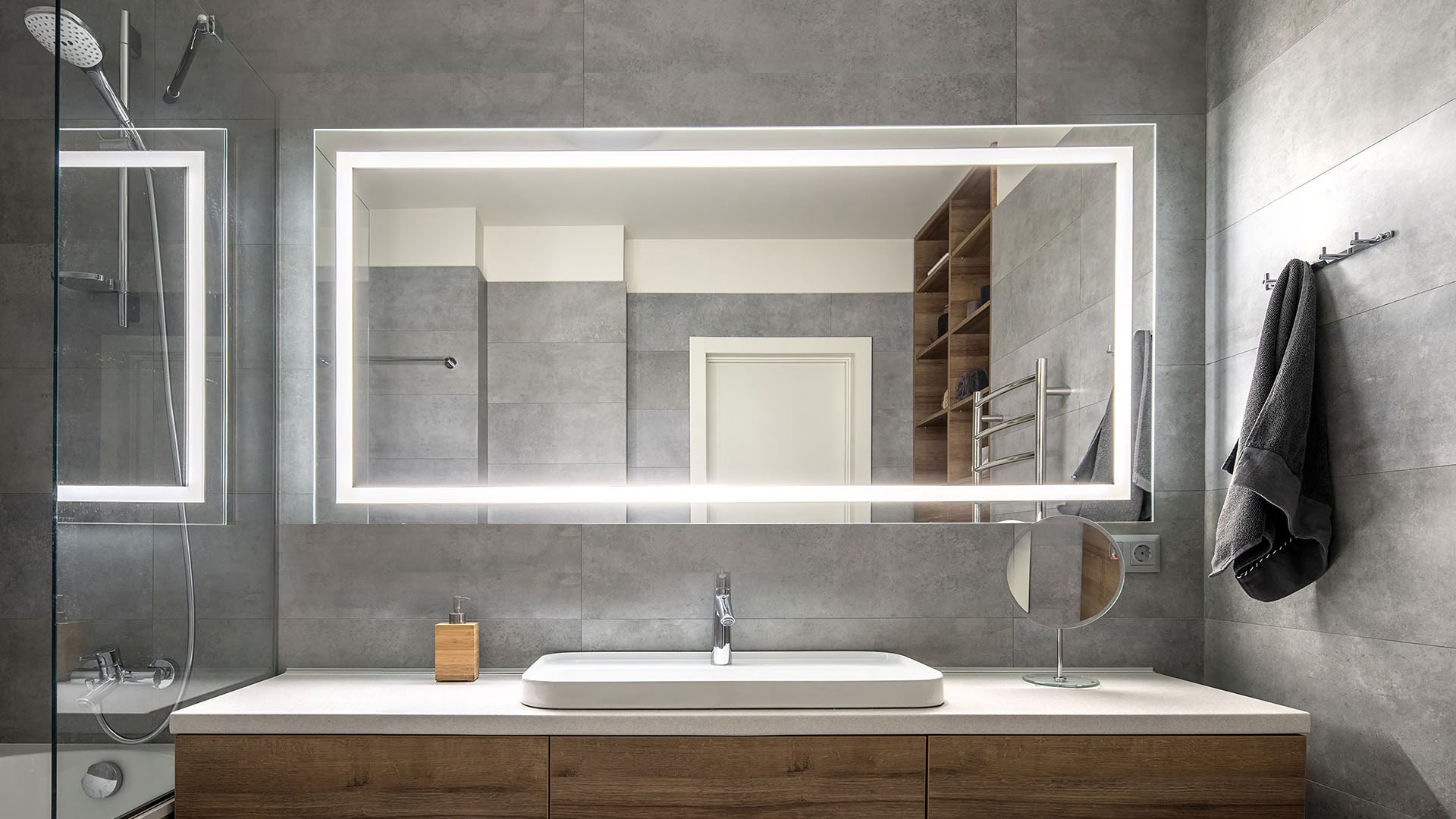
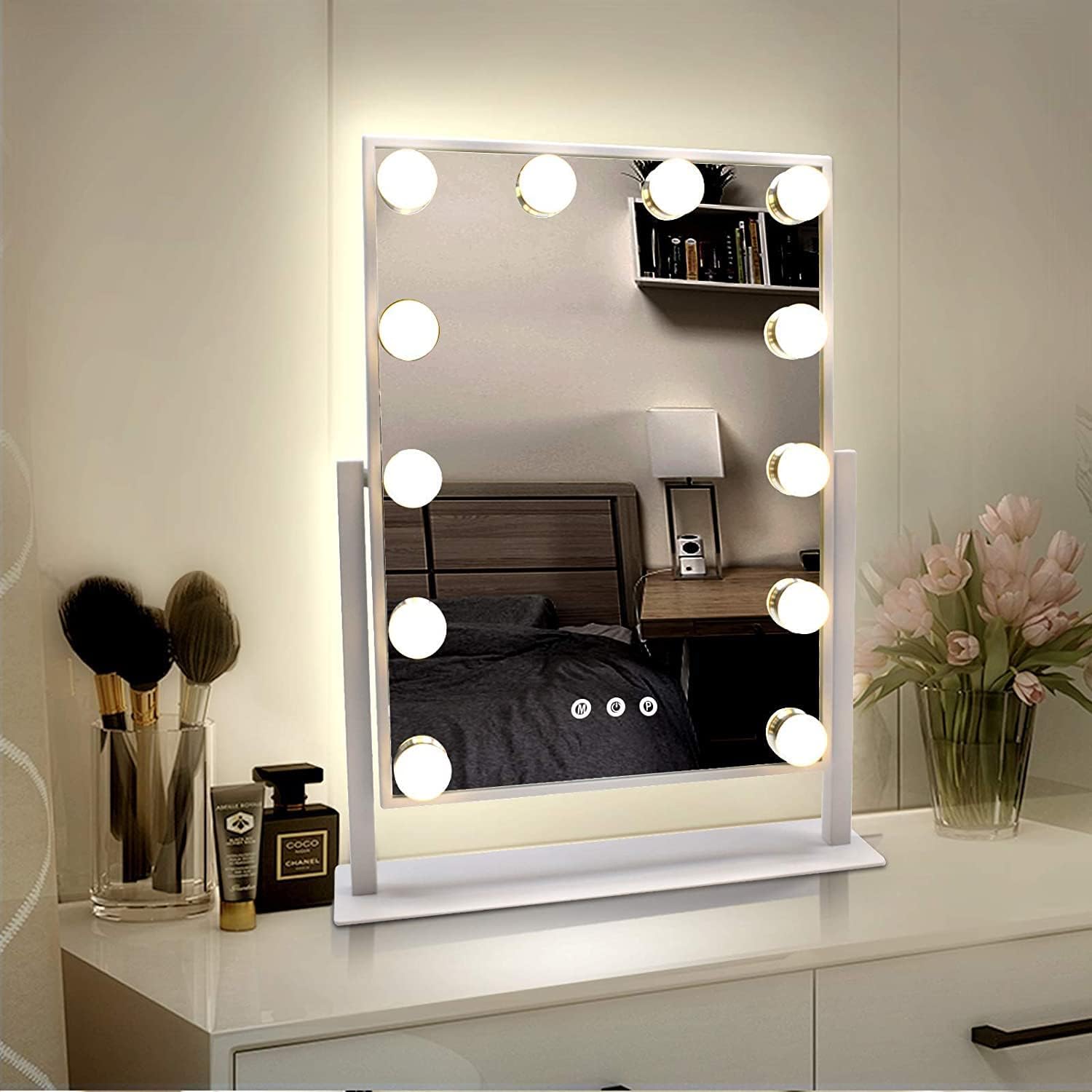
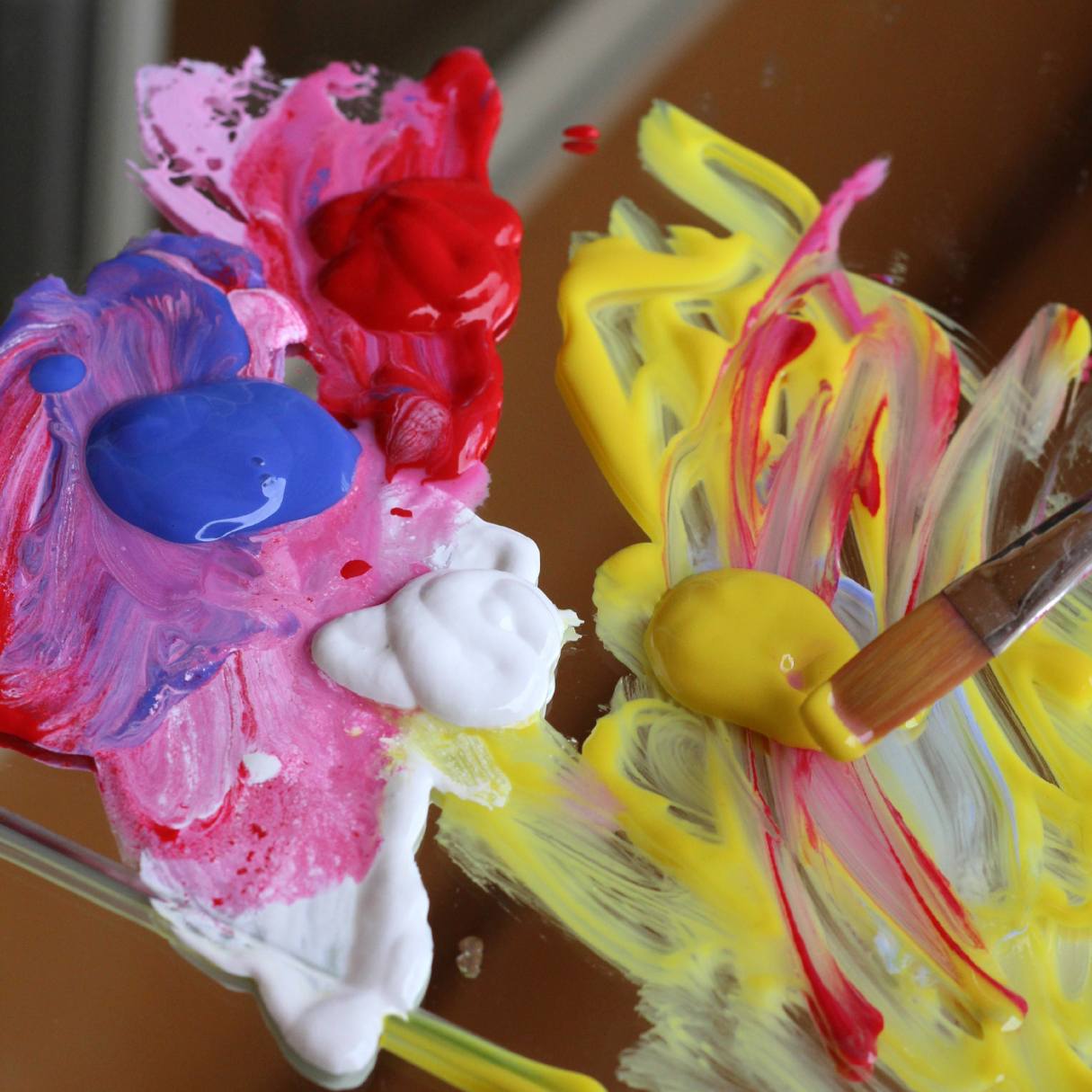
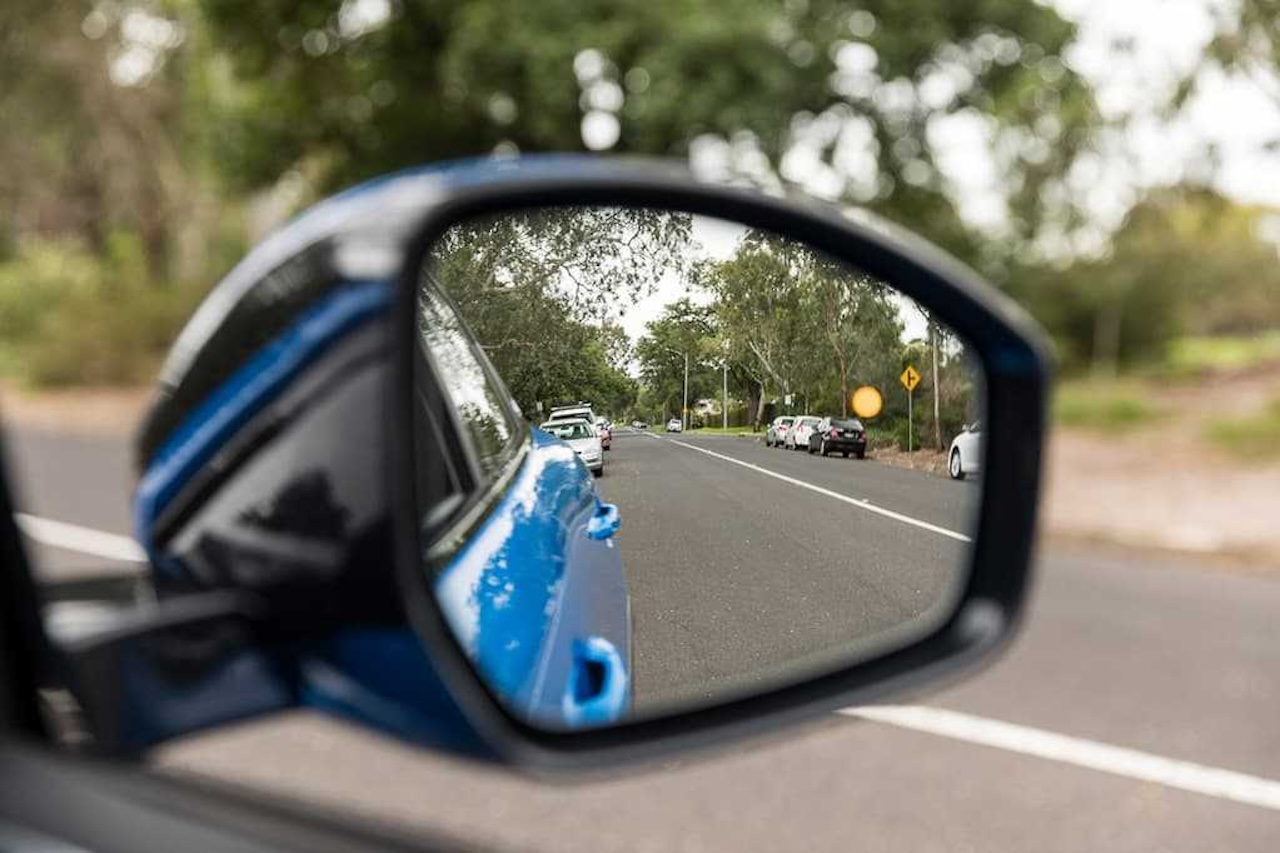
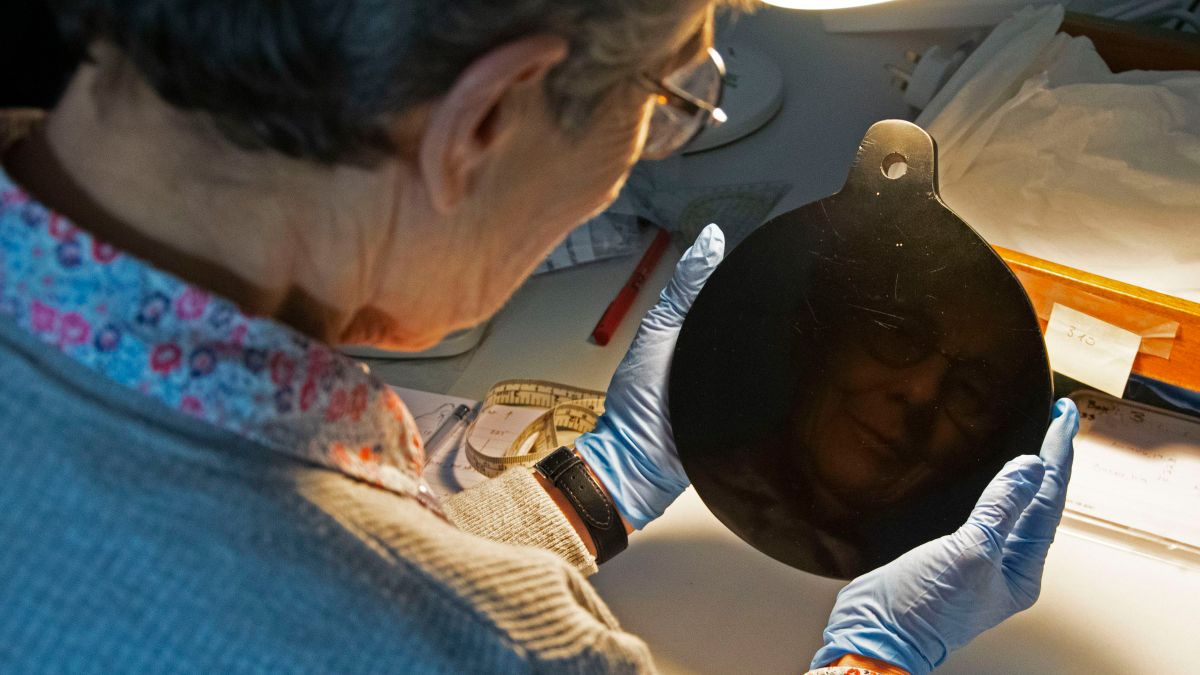
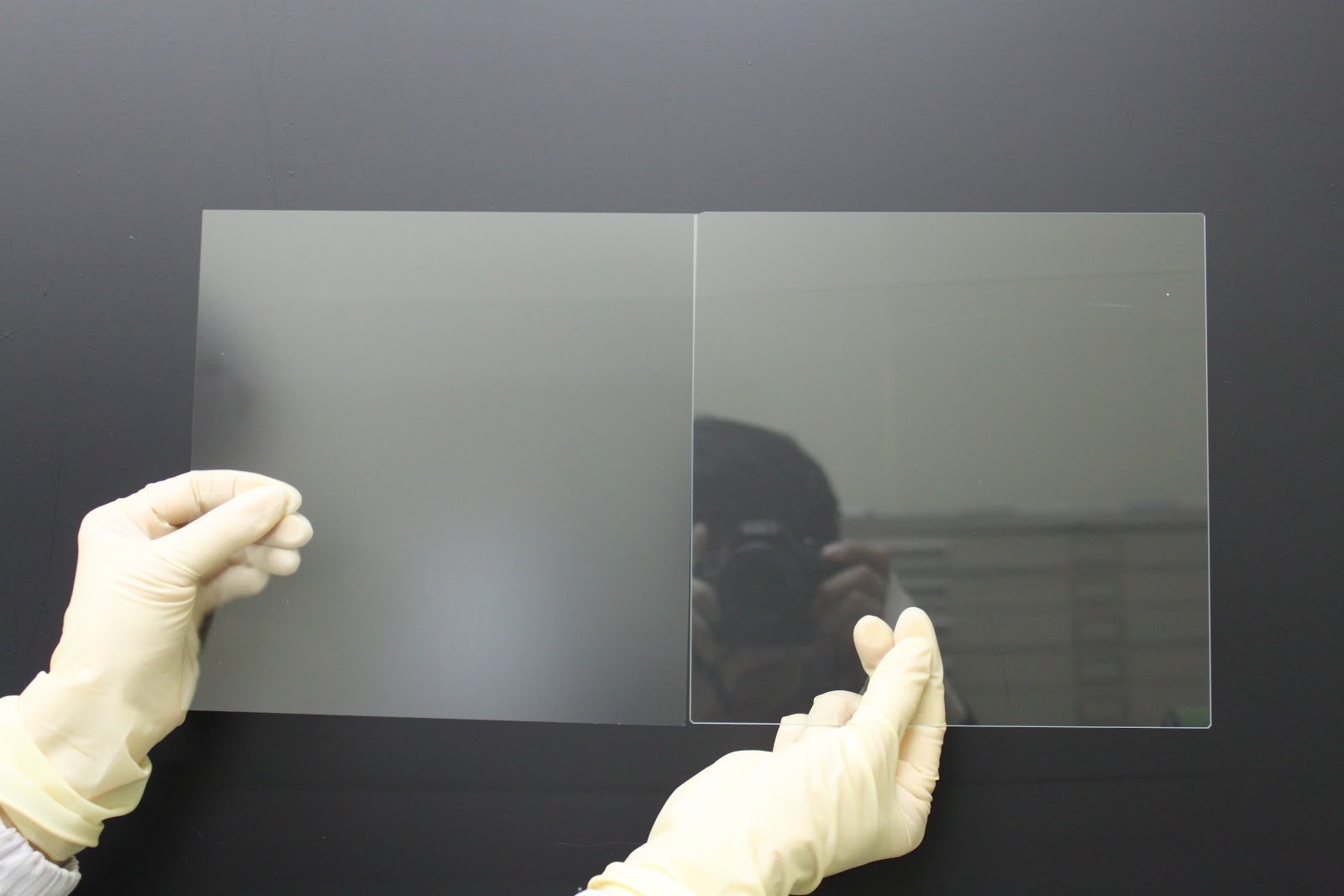
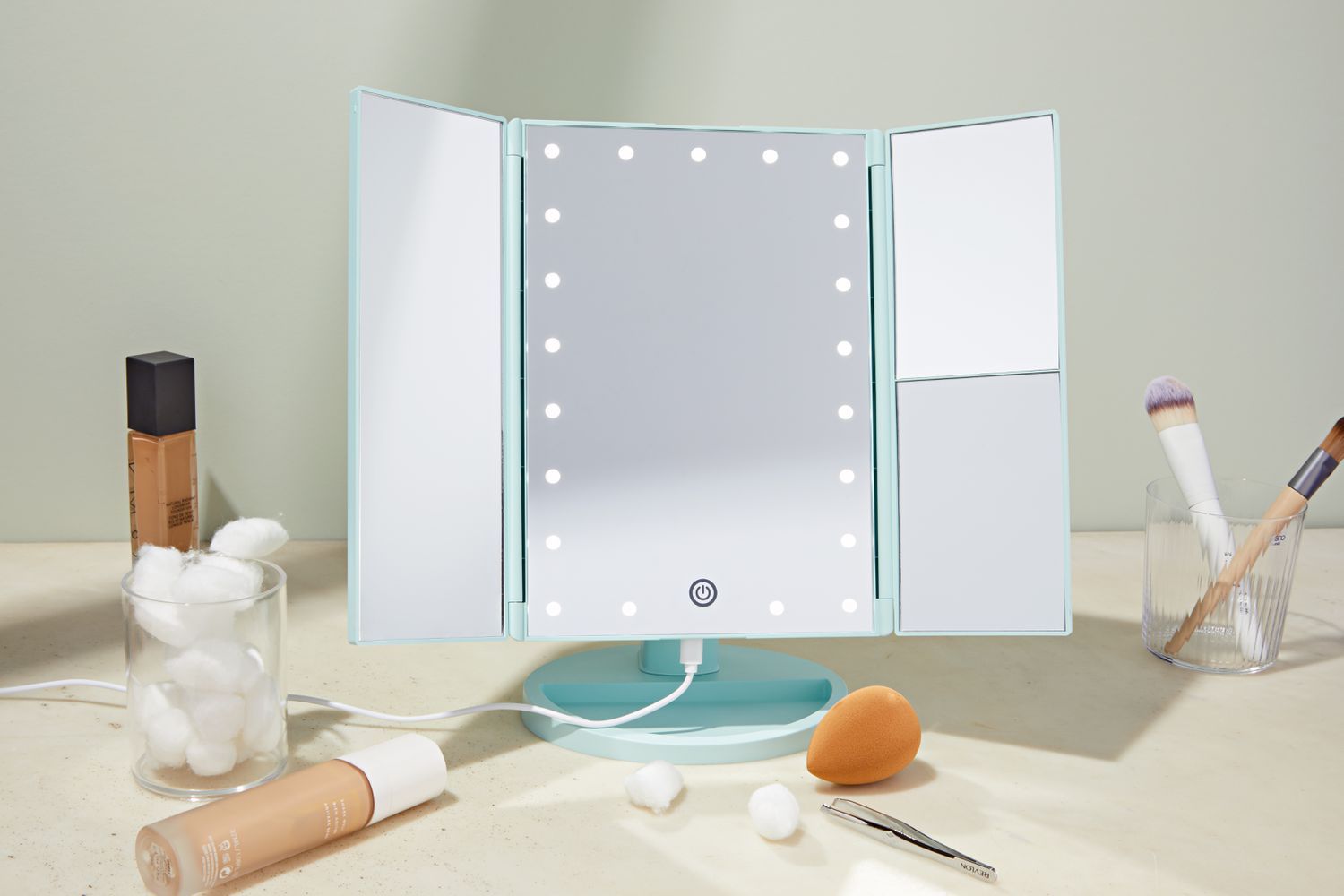
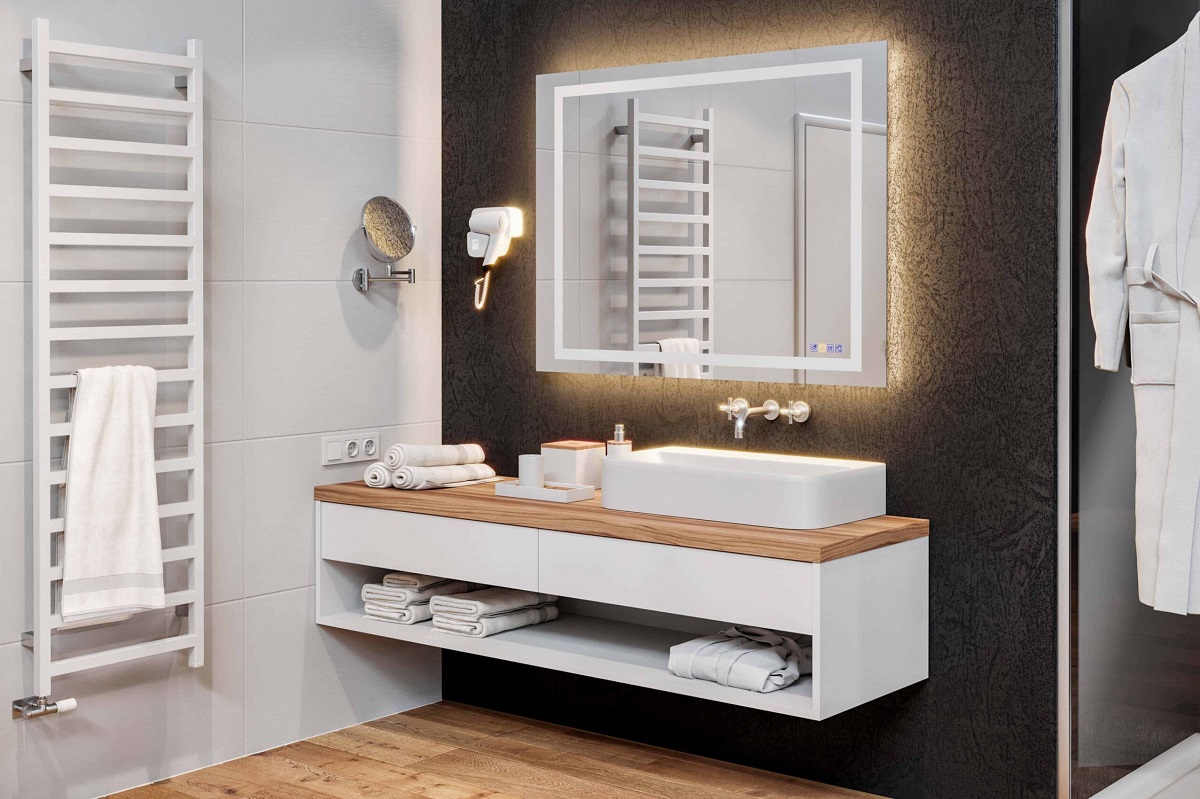

0 thoughts on “How To Use Mirrors To Reflect Light”